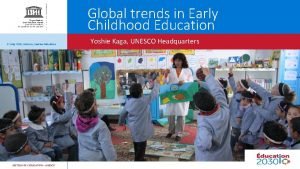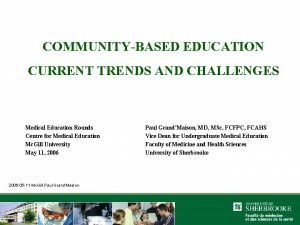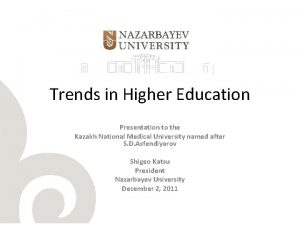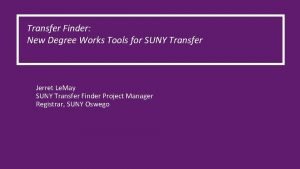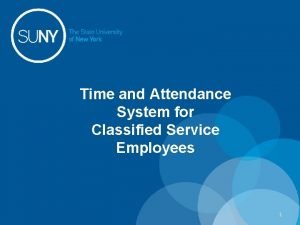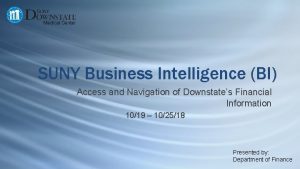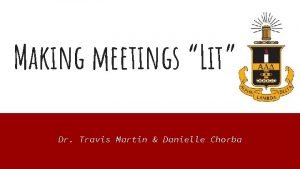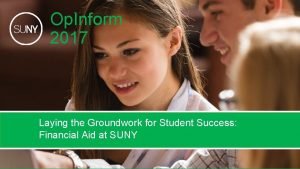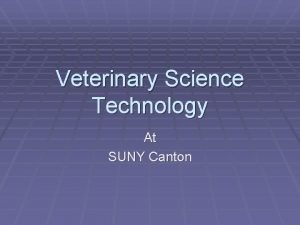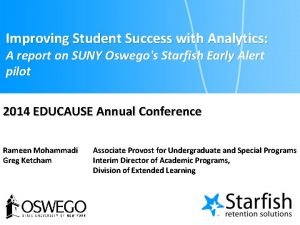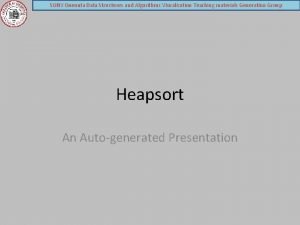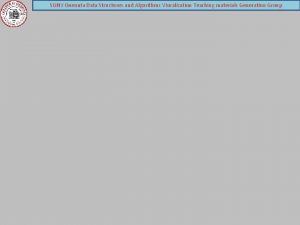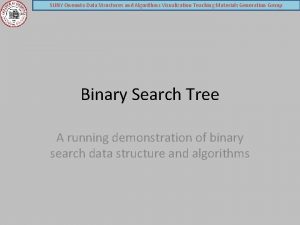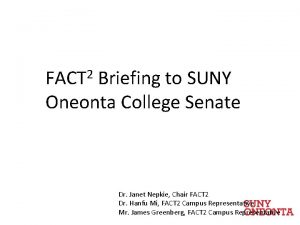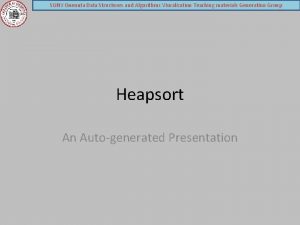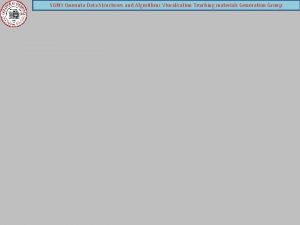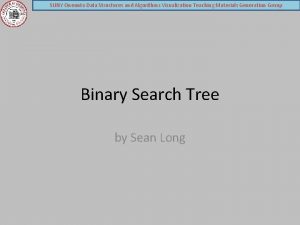TRENDS IN HIGHER EDUCATION IMPLICATIONS FOR SUNY ONEONTA












- Slides: 12

TRENDS IN HIGHER EDUCATION: IMPLICATIONS FOR SUNY ONEONTA September, 2012

External environment Higher ed. growth of the 1960 s-80 s fueled by Economic prosperity Demographics Government support GI Bill Pell grants Subsidized loans State support

Current economic trends rising cost of college declining household incomes reductions in public support limited tuition discounting increased borrowing high unemployment of graduates

Demographic trends in NYS decrease in traditional age population increase in diversity among students ethnicity social class age strong demand for degrees remains

Federal policy trends Decreasing support, increasing regulation caps on Pell grants, subsidized loans scrutiny of outcomes completion rates demonstrated learning outcomes pressure on regional accreditation agencies self-regulation questioned Medicare as harbinger?

NYS and SUNY environment NY State maintenance of effort + rational tuition = flat funding SUNY Resource Allocation Mode favoring upper level UG enrollments graduate enrollments federally funded research

Impact on higher education community college expansion online offerings for-profit colleges outreach to nontraditional students “student swirl” = new normal presumed “flight to quality”

Implications for SUNY Oneonta Traditional model: publicly funded, NY students, liberal arts, undergraduate (FTFT) public support ↔ tuition, fees, aux. (88%) NY State ↔ out of state, international (4%) liberal arts ↔ pre-professional (55%) first time freshmen ↔ transfers (41%) undergraduate ↔ graduate (<3%) What DNA do we keep? What do we change?

Getting from good to great identify and build on our strengths adapt to changing realities and societal needs align resources with institutional goals focus on results collaborate cross-divisionally and cross. SUNY “We are preparing the next generation of leaders for American society”

Focus our resources Do more of what gets us to where we want to be and less of what doesn’t set spending priorities to support mission collaboratively build and monitor budgets reduce cost of degree and time to degree base resource allocation on data develop new revenue sources

Think outputs not inputs measure quality of learning, student capacities demonstrate the value of the degree astutely position graduates for employment and further studies identify a set of experiences that define an Oneonta degree help students finish quickly and economically

 Trends in early childhood education
Trends in early childhood education Current trends in medical education
Current trends in medical education Trends in education
Trends in education Trends in education
Trends in education Degree works oswego
Degree works oswego Suny time and attendance
Suny time and attendance Suny business intelligence
Suny business intelligence Professional development rockefeller college
Professional development rockefeller college Moodle tougaloo
Moodle tougaloo Suny smart track
Suny smart track Suny veterinary schools
Suny veterinary schools Suny college fair
Suny college fair Oswego starfish
Oswego starfish
